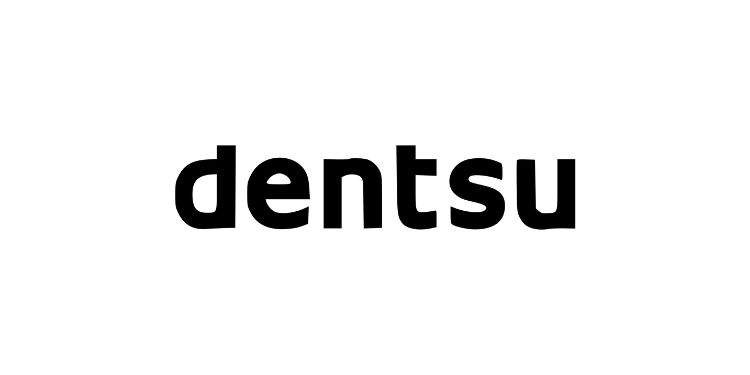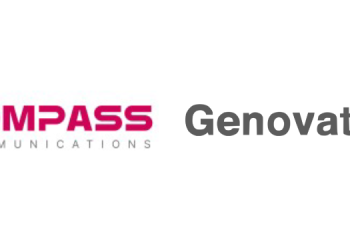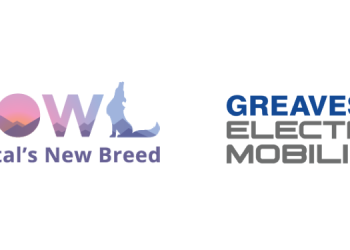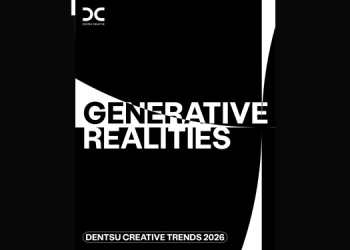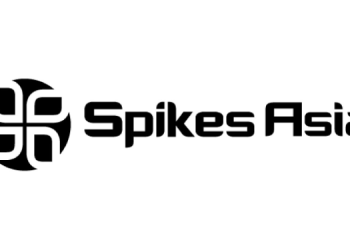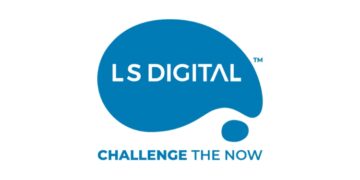The Indian advertising industry grew 8.6 pc over 2022 and presently holds a market size of Rs 93,166 crore. By the end of 2025, it is expected to further grow at a compounded rate of 9.86 pc to reach Rs 1,12,453 crore, states dentsu Digital Report 2024’.
The digital advertising industry witnessed an impressive growth of 36.6 pc over 2022 with a market size of Rs 40,685 crore and is estimated to reach Rs 62,045 crore, growing at a compounded rate of 23.49 pc by 2025.
Digital media has surpassed television, securing the largest advertising spend share of 44 pc , followed by television (32 pc ) and print media (20 pc). By the end of 2024, digital media is anticipated to contribute half of the total advertising spends. The telecom sector allocates 64% of its media budgets on digital, closely followed by e-commerce and pharmaceuticals categories. Meanwhile, the FMCG segment divides 94 pc of its media budgets equally between digital and television.
Social Media dominates digital media spends, contributing with a 30 pc share (Rs. 11,962 cr), closely followed by online video with 29 pc and paid search with 23 pc . The telecom sector allocates the highest proportion of its media budget towards digital (64 pc). Within digital media, telecom evenly distributes around 80 pc of their digital budget across online video, social media and paid search. The E-commerce segment dedicates 61 pc of the overall media budget to digital media with 52 pc of that allocated to paid search.
The growth of the Indian advertising sector is propelled by significant advancements in digital infrastructure, connectivity, and user applications, even as the global growth pace is anticipated to decelerate amidst the ongoing economic conditions. The Indian advertising industry grew by 8.6 pc in 2023 and is expected to grow by 9% to reach Rs 1,01,591 crore by the end of 2024. This upward trajectory is attributed to key events this year, including Assembly and Lok Sabha elections, the IPL, various cricketing,
and sporting events, and the ever-thriving festive season in India. These will boost the advertising expenditures across various media channels with a distinct focus on digital and television.
In 2024, growth in ad spends is anticipated in categories like automotives, FMCG, Government and social organizations, and travel and tourism.
Digital media
Continuing with its rapid expansion, digital media is expected to maintain its impressive growth trajectory, projecting a 25 pc increase to attain a 50 pc contribution to the Indian advertising market by 2024.
Additionally, digital media is projected to grow at a compounded rate of 23.49 pc by 2025, reaching a spending share of 55 pc.
By the end of 2023, print media occupied a spends share of 20 pc experiencing a decline of 1.8 pc over 2022. It is further expected to shrink at a negative compounded rate of 3.01% to have a share of 16 pc by the end of 2025. This decline can be attributed to the rise of digital technology and shifts in the consumer preferences towards the digital screens, particularly among the younger demographics. Additionally, the rising costs, distribution challenges, and environmental sustainability concerns pose further obstacles to the growth of print publications.
Radio
Despite a decline, the radio medium will continue to maintain a spends share of 2% in the coming years. The popularity of traditional radio is attributed to the rising consumption of and competition from online radio. A growing number of audiences, especially the younger audience, now prefer on-demand content such as music streaming, podcasts, and personalized content on smart devices. This shift also provides advertisers with a more profound insight into audience demographics and consumption patterns, enabling more precise targeting opportunities.
OOH
The Out-of-Home (OOH) medium will continue to grow with a steady spends share of 2% for the next few years, characterised by a compounded growth rate of 8.49%. The pivotal factor driving growth in this segment is the digital transformation, wherein digital billboards, interactive displays, and programmatic advertising infuse OOH ads with a more dynamic and engaging character. The evolution of OOH media towards a more data-driven and targeted approach utilizing data analytics and location-based targeting, empowers advertisers to deliver highly relevant messages to specific audiences, ultimately enhancing the effectiveness of OOH campaigns, making them appealing in the era of digital ubiquity.
Cinema
Cinema will also maintain a consistent share with ad spends projected to increase at a compounded rate of 2.50% by 2025. It will continue to provide advertisers with distinctive and significantly impactful opportunities to engage hard-to-reach segments of audiences in high-attention environments.
Feedback: [email protected]
(This information is published from a press release.)

